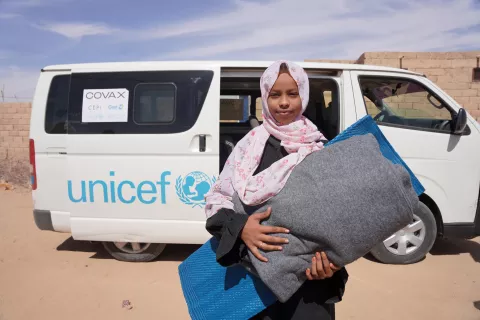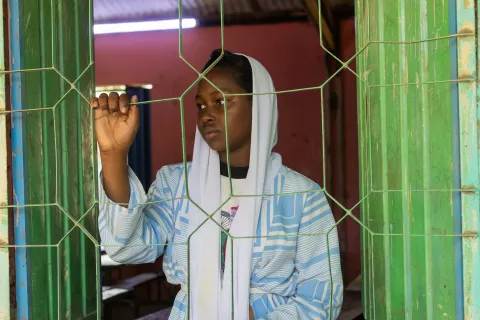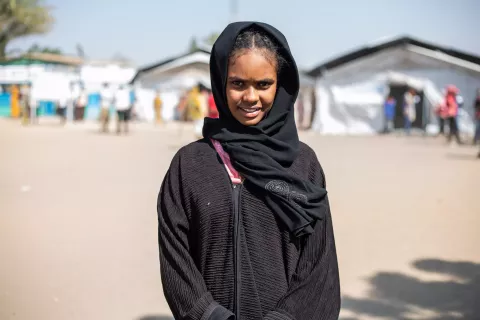Female Genital Mutilation (FGM) among girls in Sudan
A snapshot from the Simple Spatial Survey Method (S3M II)

Highlights
While Sudan strives to be a model for abandoning the practice of Female Genital Mutilation (FGM) in Africa and around the globe, the proportion of girls under 14 years of age across the country who have undergone FGM remains notable at 27.2 per cent.
Even with the endorsement of the law in July 2020 to criminalize FGM, the need remains over the long run for a strengthened commitment from all actors including ministries; community leaders; journalists; media influencers; NGOs; UN agencies; and, most importantly, from mothers who care for their daughters.
Community dialogues and various aspects of positive messaging and social marketing have spurred progress under the National Council for Child Welfare (NCCW) Saleema Initiative. This progress is being translated into a decrease in the prevalence of FGM among girls zero to 14 years of age.
- The proportion of girls under 14 years of age across Sudan who had undergone FGM was 27.2 per cent.
- FGM prevalence is higher among the older girls in the 0-14-year age range. By age 14, for example, prevalence is 68.8 per cent.
- FGM prevalence for girls under 8 years of age was 16.5 per cent.
Download the snapshot for additional information on the FGM prevalence in the different states of the country.




